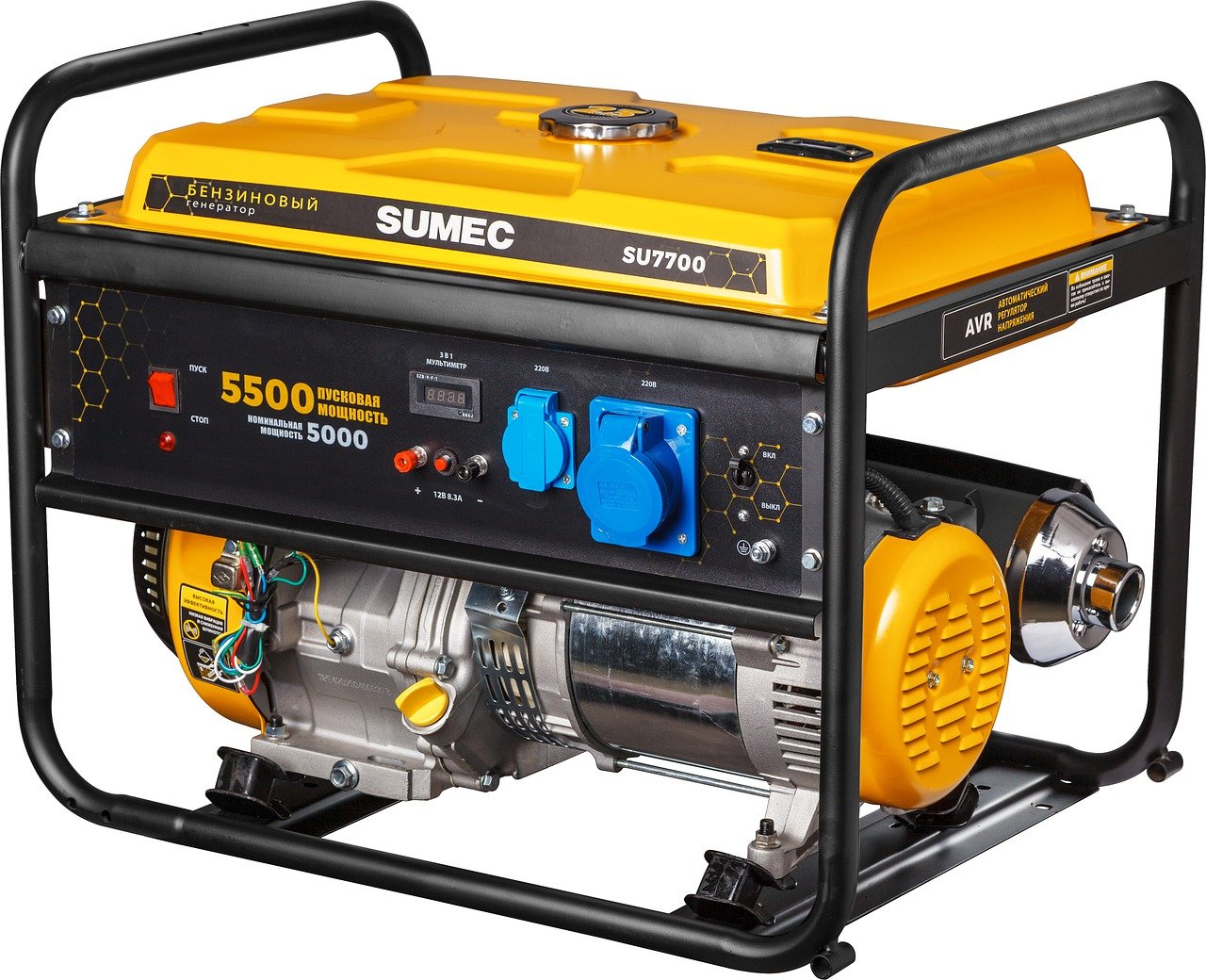During a power outage, the last thing you want to happen is a backup power that will not start.
Mostly, this issue is a minor one and not something to be worried about.
By doing some troubleshooting, you can narrow down the reasons a generator won’t start and try to solve the issue on your own.
Plus, the user’s manual has a list of guidelines regarding the equipment’s care and maintenance, including technical problems you may encounter.

Fixing a Generator That Won’t Start
Today, we will check some possible reasons why the machine is not turning on and what you can do to fix the problem.
Replace the Air Filter
If you notice some progress while choking but the engine did not start completely, the air filter may be clogged with dirt and dust.
This blockage will prevent the air from flowing through the carburetor for combustion.
It’s easy to see if the air filter is dirty and needs replacement.
Once you replace the air filter, remember to move the choke to the starting position before you attempt to turn on the engine.
Regular care and maintenance of your generator may prevent and resolve this startup problem.
Check the Choke
The choke is responsible for the amount of air that flows into the carburetor as you try to start the engine.
Prevent mixing too little or too much air with the fuel by adjusting the choke position accordingly.
Close the choke for several hours if you are starting an engine that you haven’t used for a while by placing it in the “start” position.
As the generator warms up, gradually open the choke by moving it toward the “run” position.
On the other hand, if you have just turned off the machine and the engine is still hot, ensure that the choke is opened halfway before restarting.
Read Also:
Unclog the Carburetor
Storing the generator for a long time without cleaning the carburetor may cause startup issues. Old gasoline can clog the carburetor, preventing the new fuel from getting through.
Clean the carburetor by closing the valve before removing the bowl underneath.
Remove the fuel debris with a brush and towels. You can also clean the brass jet nozzle using a safety pin or sewing needle.
Then, turn on the fuel valve before starting the engine again.
Dead Battery
If your generator uses an electric starter or a remote, check if there is a problem with the battery.
To troubleshoot this issue, check if your generator has an auxiliary recoil starter and try using this to turn on the engine.
If it works, then use the 12V DC outlet on the generator to charge the battery of the electric starter.
Otherwise, you can do it through a 12V AC home outlet.
Alternatively, get some jumper cables and jump-start the generator’s battery using the one from your car.
If you are still having trouble starting the machine, continue looking for other possible problems.
Add More Fuel
While it seems too obvious, it won’t hurt to check the machine’s fuel tank if it contains enough gasoline for the engine to start. Using gasoline older than two months may damage the engine.
Hence, remove the stuck fuel in the tank and carburetor before refilling it with fresh gas.
Ensure that you remove the old fuel safely by using a kit.
If using a propane-powered generator, check that the LPG tank is sufficiently filled. Also, make sure that the tubing and the tank’s valves are opened.
Replace or Add More Oil
Oil is as essential as fuel for your generator to run smoothly.
Modern generators have sensors that shut down the machine automatically when the grease is low. Therefore, low oil levels may be another reason why the engine is not starting.
There might be a leak, or you might have forgotten to change the oil after using the equipment for more than 50 hours.
Checking the oil is as easy as using the dipstick found inside the crankcase.
You can also replace the filters while changing the oil as an added maintenance step to better care for the machine.
Remove Plugged-in Cables
Most of the time, plugged-in cables on the generator are often overlooked while starting the machine. Remember to remove all attached cords from the outlets before starting the engine.
Replace the Spark Plug
If the engine does not show signs of life during startup, you may have some issues with the spark plug.
Detach the spark plug from the engine using the appropriate socket and remove the debris with a brush.
You can also adjust the gap on the electrodes according to the manufacturer’s specifications.
A working spark plug produces blue sparks as you try to hold it against the crankcase and pull on the recoil starter. You will know the spark plug needs replacement if you find stuck deposits, broken electrodes, or cracked porcelain.
Call in a Professional
If these basic troubleshooting steps did not solve the issue, Kohler backup generator installation could be something more serious that needs professional help.
Don’t hesitate to get in touch with a technician to have your generator checked. It’s better to address the issue now so that you can rest assured you’re ready for a power outage.










